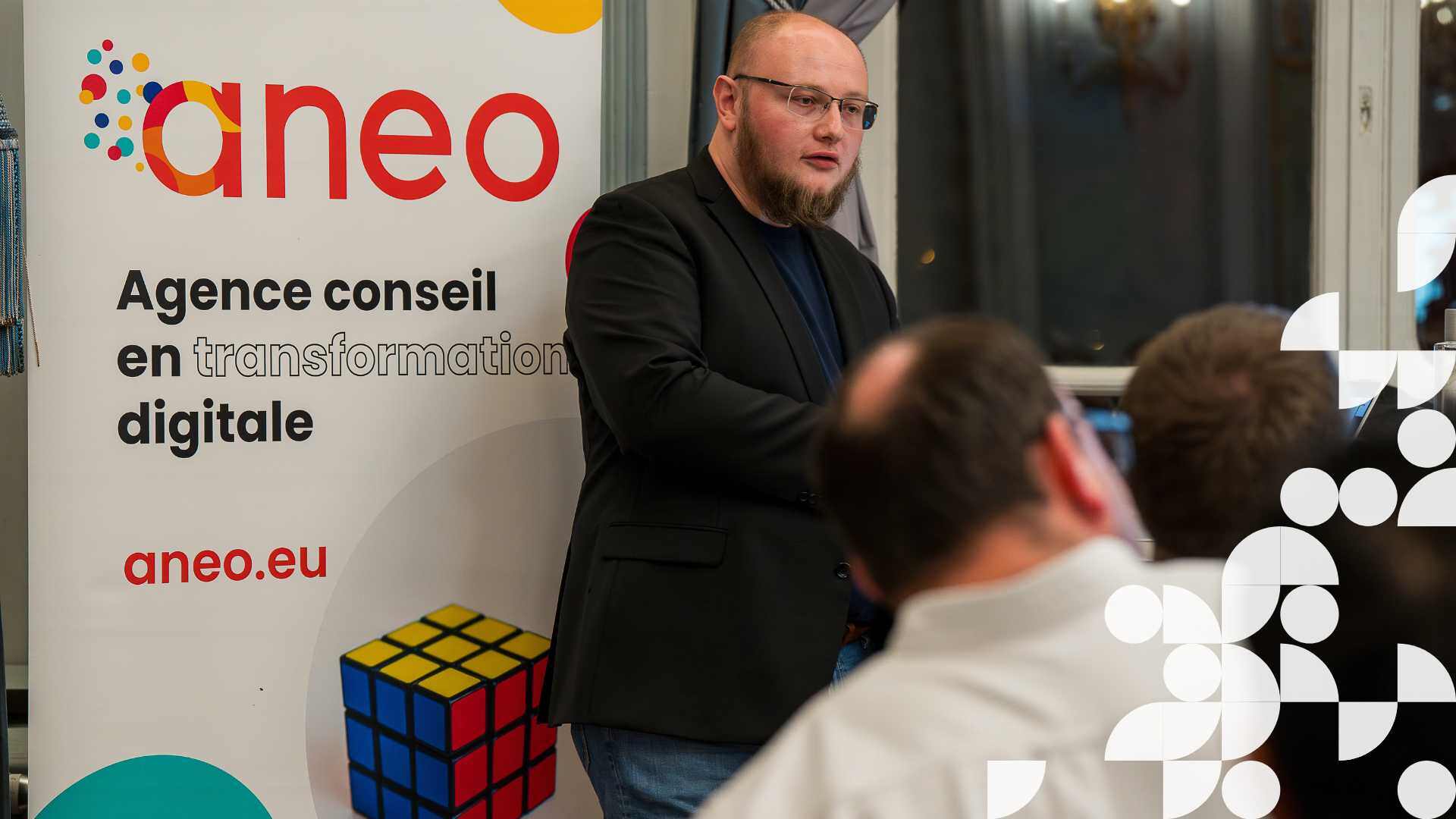"El imperio donde nunca se pone el sol"
"El imperio donde nunca se pone el sol", This is how the Kingdom of Spain used to like to call itself, between the 16th and 18th centuries, when it ruled over vast territories around the world, in Europe, Asia, and of course, in America. Other empires, like the British Empire in the 19th century, or the United States today, have also appropriated the expression.
This is also how I used to describe one of the tribes I recently accompanied for one of my clients, a multinational in the chemical industry. It certainly wasn't an empire, but this tribe consisted of nearly 90 members, distributed across 6 teams and cross-functional roles: Product manager, Release Train Engineer, Tech lead, System Architect... These members were spread across 3 continents and 15 countries, from Houston in the United States to Shanghai in China, covering 9 time zones, a difference of 13 hours. Aligning these teams on a common vision, getting its members to work together, coordinating, synchronizing, managing dependencies, nurturing collective intelligence... These are challenges in themselves, but they become real feats under such conditions!
Defining teams, time constraints
First of all, defining the teams. In addition to the desire to form multifunctional, autonomous teams aligned with value chains, there is the need to take into account time differences: while it is possible, albeit with some compromises in terms of schedules and a relative loss of efficiency, to get a Product Owner in France to work with developers in India, or a Scrum Master in New York with analysts in Italy, time constraints quickly impose their limits on the exercise. There's no other choice but to consider the geographical zone when forming teams.
Time is running out, optimizing communication and collaboration
Furthermore, the temporal windows where it is possible to honor the first value of the Agile manifesto, "Individuals and interactions over processes and tools," shrink mechanically as the time zones separating the interlocutors multiply. Everything must be done to make the best use of them. However, days are not infinitely expandable, so it seems unreasonable to do away with all possible means of asynchronous communication: Google Space, Teams, Slack, or - horror! - good old emails. Why not also take advantage of testing virtual office spaces, such as gather.town, which is fun and easy to use (I recommend it!)? But be careful not to multiply communication channels, risking confusion and information dilution. For example, interacting directly in visual management tools like JIRA, or GCL tools like GitHub for developers, by "tagging" each other and finely configuring notifications, proves to be very effective in practice.
Obviously, remote work is often the norm. Usage recommendations apply in the same way. Agree on meeting rules together: timing, camera usage, speaking distribution... Pay heightened attention to communication channels, to quality, and especially to the expected level of responsiveness in asynchronous exchanges: they will directly influence the frequency and duration of synchronous meetings. Generalize the use of visual aids to optimize information dissemination, capture and retain listeners' attention: from good old PowerPoint slides to visual communication tools like Miro or Klaxoon.
Major events, managing dependencies
Finally, coordinating the work of several teams with dependencies on each other inevitably involves "scale" events. When the event is short, such as the "System Demo" of the SAFe agility framework, there are no difficulties. However, when the event spans many hours and involves intense communication and collaboration, it's a different story. The best example: the "PI Planning" (also from SAFe). PI Planning is 2 full days, composed of sequences in full auditorium, or in various subgroups, and its value is directly linked to the quality of interactions among the 150 people who may compose the staff of a "SAFe Agile Release Train" (ART).
In the context of my tribe of 90 people spread across Asia, Europe, and America, this necessarily implies spreading the event over 3 or even 4 days; this is also what SAFe recommends since its version 6. It is also necessary to concentrate meetings in the middle of the day, at French time for example. It was also necessary for me to split the "team breakouts" (sessions where teams gather to understand, estimate, and break down expected features) between mornings and afternoons, and to insert new internal synchronization points for each team. Unless you have enough Scrum Masters to assist each other, it is essential to train and empower teams and contributors as much as possible in advance, so that they can follow the process as autonomously as possible. However, be careful not to fall into the trap of anticipating and preparing the event too far in advance, reducing it to a vast recording chamber, and thus draining it of its meaning.
💡 Cultural differences? Perhaps you were expecting me to address the question of cultural specificities and the difficulty of getting such different people to work together... First, I would say that it is preferable to handle this question cautiously, as it can be perceived or interpreted differently from one country to another. And then I would add, and this is from my point of view the most important, that through these years of working with people from all over the world, I have never observed that these cultural differences have had any significant impact on productivity, quality, understanding, or interactions among people or work processes.
An international tribe, a daunting challenge
In conclusion, accompanying an international tribe in a globalized context represents a daunting challenge. Like the great empires of the past, which had to coordinate vast territories, our modern tribe must overcome distance and time obstacles to work together towards a common vision. By leveraging available technological tools, the best Agile practices, and fostering a culture of collaboration and mutual understanding, it is possible to turn obstacles into opportunities and achieve lasting successes in an increasingly connected and interdependent world.




